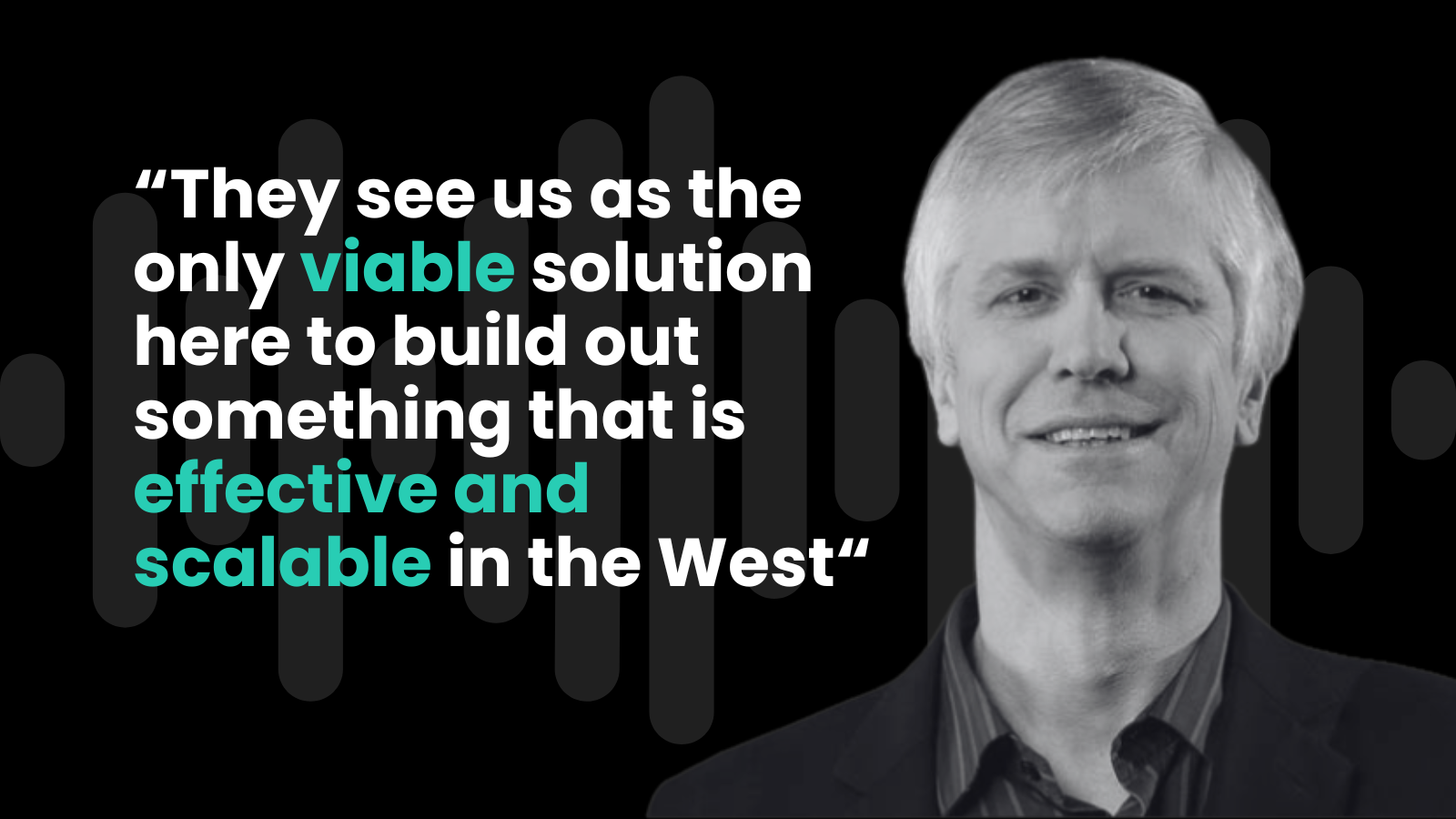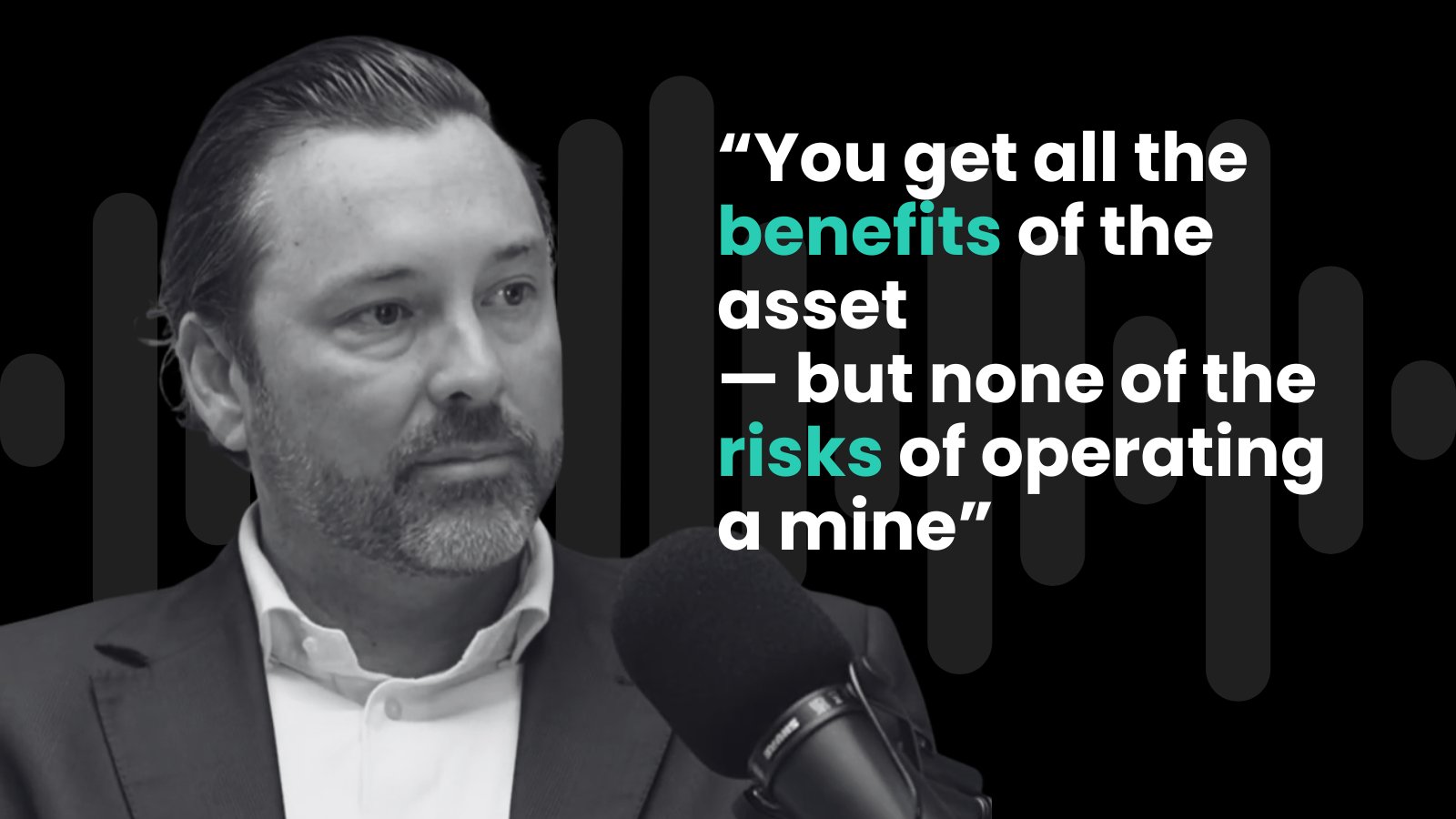In 2021, according to the World Economic Forum’s Global Risks Report, the world’s top risks were dominated by global challenges like climate change, the global pandemic, and biodiversity loss. In 2025, the focus has shifted to more immediate dangers like armed conflict, misinformation, and economic confrontation. Clearly, the risks most concerning people today reflect a more fragmented world.
Writes Mobeen Tahir, Director, Macroeconomic Research & Tactical Solutions, WisdomTree
For investors, fragmentation creates risks but also new areas of opportunity. This blog summarises the key messages from WisdomTree’s Thematic Outlook outlining five growth opportunities.
1. Europe’s pursuit of defence autonomy will accelerate as geopolitical trust erodes
Predictions:
- Defence tech champions will rise across Europe
- Political coordination will tighten around shared security goals
- Financial innovation will fund Europe’s defence investment surge
Figure 1: Defence spending by EU member states rose 30% between 2021 and 2024
Source: European Defence Agency, data sourced in July 2025. https://www.consilium.europa.eu/en/policies/defence-numbers/
Decades of underinvestment in defence and reliance on the US will take time to reverse. But strengthening defences and pursuing greater autonomy is no longer optional. European countries are responding by boosting defence spending, deepening political coordination, and developing homegrown defence technology.
Companies like Helsing, which recently demonstrated its autonomous software flying a Gripen fighter, show how quickly European defence tech is advancing. Political deals such as the Kensington Treaty between Germany and the UK underline how shared security concerns are overcoming past friction. Meanwhile, NATO’s new target of 5% of GDP for defence spending by 2035 will require financial innovation. Europe may draw on its experience with Covid bonds to collectively fund its ambitious defence plans.
Europe is scaling up its spending on Defence – Aneeka Gupta, WisdomTree
Defence related ETF
 | Europe Defence | Defence LON:WDEF / EUR |     |
Would you like your funds listed here? Contact us
2. The global push for energy independence will further catalyse the ongoing nuclear energy renaissance
Predictions:
- Small modular reactors (SMRs) will be fast-tracked
- More large nuclear reactors will be reopened, extended, or announced
- More tech companies will jump on the nuclear bandwagon
Fragmentation in fossil fuel markets in a world with rapidly rising energy needs has given nuclear a new lease of life. From advanced reactors in the US to the UK’s selection of Rolls Royce’s SMR design, governments are moving quickly. Markets are watching closely as developers like Oklo promise deployment as early as 2027.
Large reactors are also returning. Meta and Microsoft have both struck long-term deals to support nuclear plants for their data centres, while France and the US are planning major capacity additions. China’s fivefold growth in nuclear over the past 15 years shows how this can be achieved. Other countries are taking note.
Figure 2: Big tech is making big bets on nuclear energy
- Microsoft: 20-year agreement with Constellation for nuclear energy from Three Mile Island
- Google: Deal with Kairos Power to secure multiple small modular reactors in the early 2030s
- Amazon: Multiple deals to secure small modular reactors
- Meta: 20-year agreement with Constellation for nuclear energy from the Clinton Clean Energy Centre
Source: World Nuclear News, 2024, 2025.
Tech giants are racing to lock in nuclear energy for their data centres. At the same time, companies like Palantir are bringing Artificial Intelligence into reactor construction to slash delays and cost overruns. Nuclear is fast becoming both a strategic and a tech story.
Nuclear Energy related ETF
 | Uranium and Nuclear Energy | Clean Energy LON:NCLR / USD |    |
Would you like your funds listed here? Contact us
3. Rising digital conflict will fuel greater cybersecurity investment
Predictions:
- Cybersecurity will be recognised as a geopolitical risk, not just a technical one
- Global cybersecurity spending will rise as fragmentation raises risks
Cyberattacks are becoming a weapon of statecraft. The July attack on Microsoft’s SharePoint servers, which also hit the US nuclear weapons agency, showed how geopolitical conflict is spilling into the digital realm. NATO now includes cybersecurity in its expanded defence spending goals, and organisations are increasingly alert to threats from state-sponsored groups.
Figure 3: Biggest cybersecurity concerns for companies in the context of geopolitics
Source: World Economic Forum Global Cybersecurity Outlook 2025. Survey results for Chief Information Security Officers worldwide. Note, IP is intellectual property
With the International Monetary Fund (IMF) warning that cybercrime could cost the world $23 trillion by 2027, the stakes are clear. A Team8 survey of Chief Information Security Officers shows that in 2025, despite budgetary constraints, more than half of organisations are raising their cybersecurity spending. Fragmentation has made cyber risk systemic, and the investment response is only likely to grow.
Cybersecurity related ETF
 | Cybersecurity UCITS ETF | Cybersecurity LON:WCBR / USD |    |
Would you like your funds listed here? Contact us
4. Critical minerals like rare earths will become more critical
Predictions:
- The US will be forced to reckon with China’s dominance
- Fragmentation will force new supply chains to open
Rare earth elements sit at the heart of military, clean energy, and digital technologies. China controls nearly 70% of mining and almost 90% of processing, making them a strategic vulnerability for rivals. US companies are already pivoting away from Chinese supply, with Apple shifting to MP Materials, but refining capacity remains a bottleneck.
Countries are investing heavily to build alternative supply chains. Canada, Australia, and Japan are scaling up projects, and the US is leading the Minerals Security Partnership to build new supply chains. This is not just diversification but strategic realignment, and the coming years will likely see new supply networks emerge outside of China’s orbit.
Rare Earth Metals related ETF
 | Energy Transition Metals and Rare Earths Miners | Rare Earth Metals LON:RARE / USD |   |
Would you like your funds listed here? Contact us
5. Blockchain’s breakthrough will come in a fracturing financial world
Predictions:
- Stablecoins will become a key lever of US financial power
- Financial institutions will adopt blockchain to modernise infrastructure
The weaponisation of the financial system, from cutting Russia off SWIFT to growing BRICS alternatives, is challenging the US dollar’s dominance. In response, the US has moved to regulate and legitimise stablecoins, turning them into a potential tool of financial influence. Backed by Treasuries and cash-like assets, stablecoins can reinforce demand for the dollar while extending its reach into digital markets.
At the same time, tokenisation is scaling. Over $25 billion in assets are now live on blockchains, with institutions embracing the efficiency of real-time settlement and lower transaction costs. In a fragmented world, blockchain adoption is becoming not just an economic choice, but a geopolitical one.
Blockchain related ETF
 | Blockchain | Blockchain LON:BKCN / GBP |     |
Would you like your funds listed here? Contact us
Conclusion
The risks that dominated global thinking in 2021 were about shared challenges like climate change and the global pandemic. By 2025, the conversation is shaped by conflict, polarisation, and fragmentation.
Yet fragmentation is also creating powerful investment themes. Europe is rearming, nuclear is resurging, cybersecurity is being securitised, supply chains for critical minerals are shifting, and blockchain is entering the financial mainstream. The tectonic shifts in global politics will inevitably move markets. These five themes could drive investor interest as that happens.
You can find WisdomTree’s full Market Outlook here.























